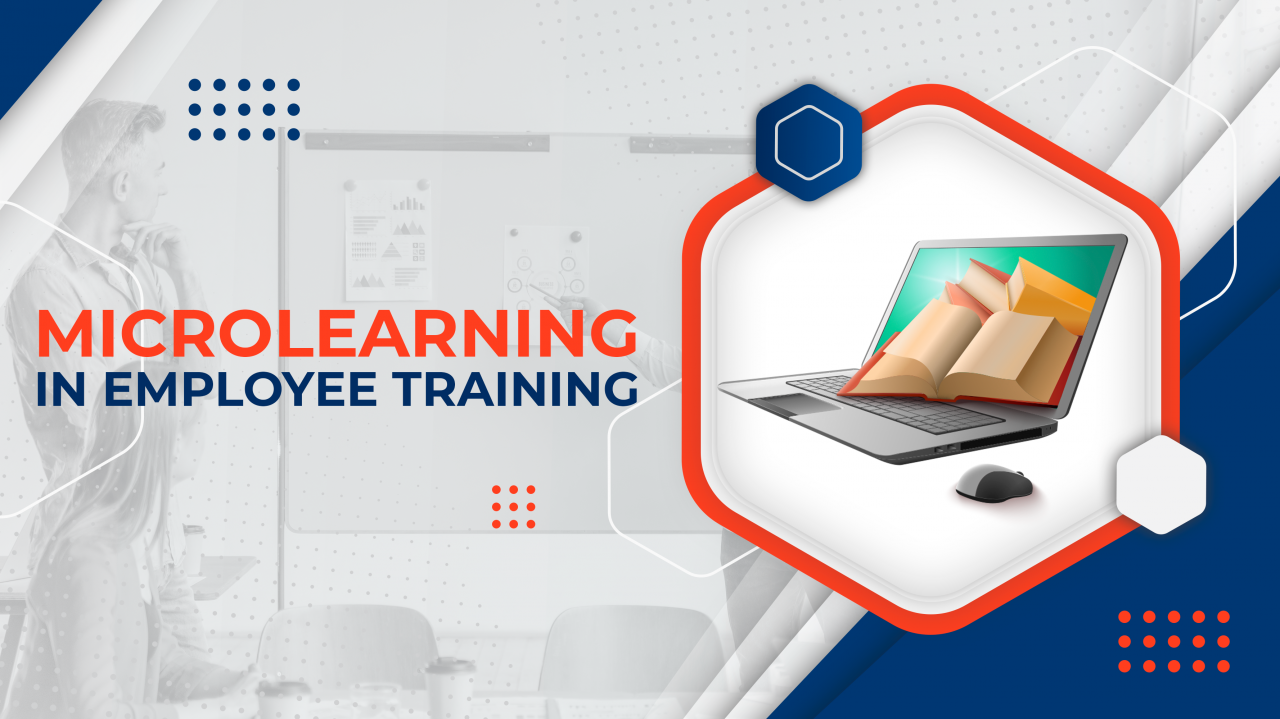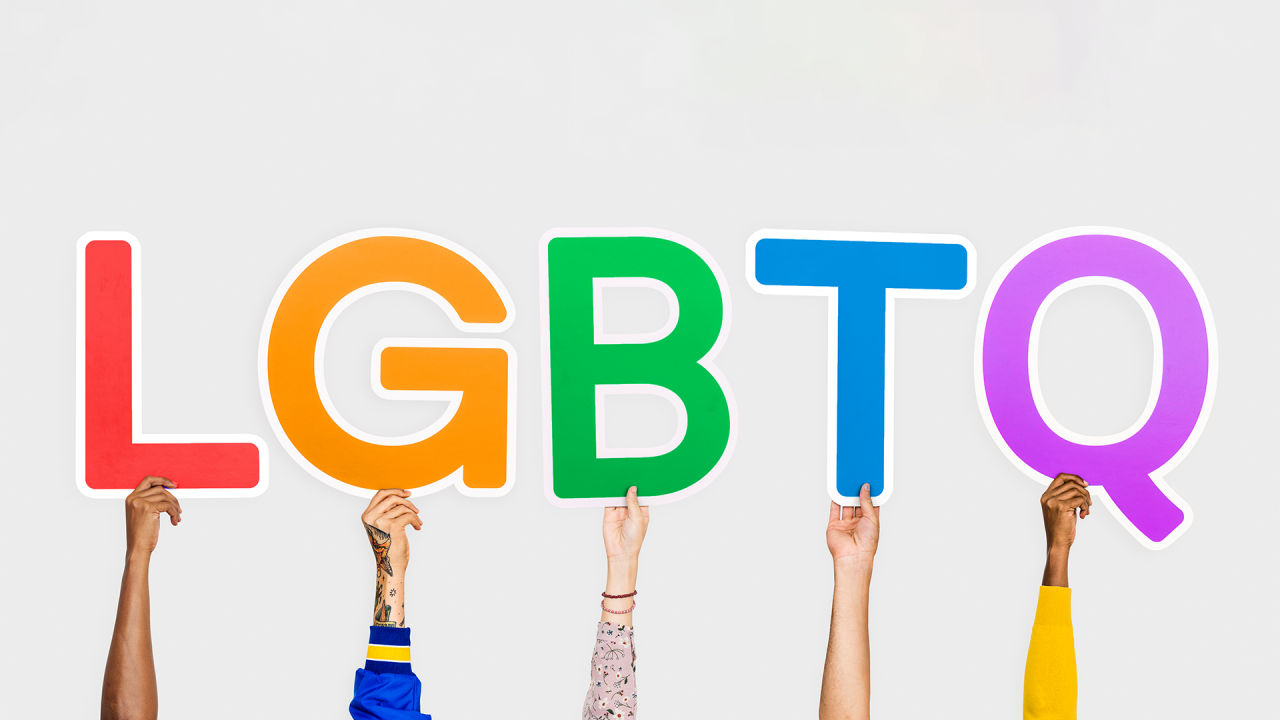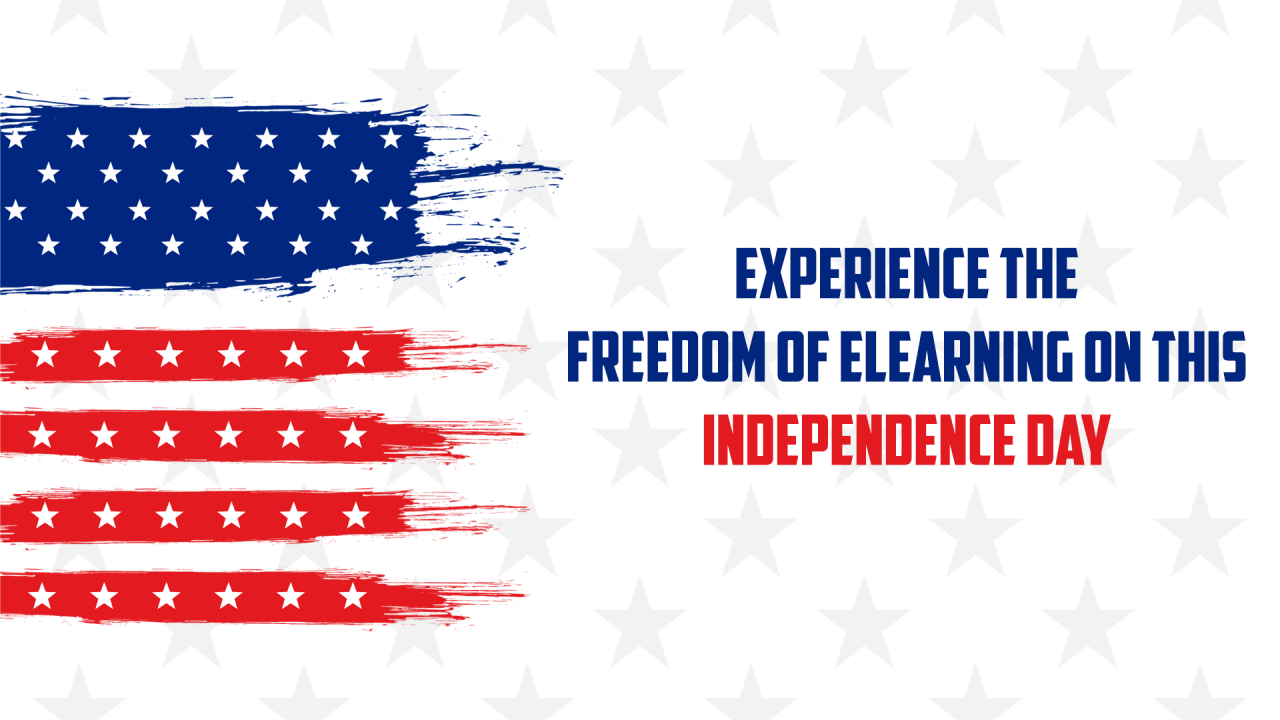Let's assume a hypothetical situation.
Imagine one day your curiosity kicks in and you are wondering how do aeroplanes fly in the air? The next thing you would do is to open an internet browser and look for answers.
Because search engines have an answer to everything, they would give you back a thousand results.
Now imagine, you see a catchy explanatory blog title on the first page of SERP (Search Engine Result Page) and then a 5-minute video with a catchy thumbnail on how aircraft fly as seen in the image following. Which one would you click on?

Well, more than 80% of people would choose to see the video because they know that the video will have all the answers they would need. And the best thing? It hardly takes less than 5 minutes.
Well, this is microlearning in a nutshell!
The era of learning content in capsule format
With the average human attention span dropping almost 25% in the last decade (As per the report from Statistic Brain), learners are always on the lookout for small-sized learning content with just the right amount of information. The same applies to your employees too. Even they are on the hunt for capsule sized learning content that has just the right amount of information they need.
You can't expect your learners to spend hours a day consuming lengthy PPTs or video lectures just because you want them to be upskilled. This is something organizations need to keep in mind while developing employee learning & development programs.
And this is where organizations can benefit from implementing microlearning in their employee training programs.
What is microlearning & what are its features?
Wikipedia defines microlearning as a holistic approach for skill-based learning and education which deals with relatively small learning units.
Sound's confusing? Here is a simpler definition.
Microlearning is the delivery of learning materials in the form of small packets with each of these packets being stand-alone modules. These small packets of information specifically address unique learning objectives and each of these lessons spans only around 5 minutes.
These learning materials are mostly visual content in formats ranging from explainer videos, infographics, flashcards to gifs.

- Crisp: As the name microlearning implies, every learning content is small & to the point. The whole idea of microlearning is to keep the learning as short as possible. While there are no hard & fast rules about the length of the learning materials, the key is to keep the learning materials as short as possible without compromising on the quality or on the information that is being conveyed.
- Focused: Because microlearning content is small, each packet of information specifically addresses a unique learning objective. For instance, if the learning material is a 5-minute video on the working of an automobile clutch, the video will only discuss the working of a clutch and not its uses or the different types of clutches.
- Flexibility in the type of learning materials: The thumb rule to developing microlearning content is that it should be vibrant & graphical so that it helps the learners understand concepts faster. The learning materials can be in any form ranging from explainer videos, infographics, flashcards to gifs.
- Mobile-Friendly: The one thing about microlearning that has contributed to its popularity is its ease of accessibility. Microlearning contents are distributed in such a way that they can be accessed from multiple devices.
How to Implement microlearning in employee training?

Step 1: Identify the learning needs of employees
As always, every employee training program has to be designed after understanding the exact learning needs of employees. So when it comes to employee training, you must first carry out a skill gap analysis to understand the learning needs of your employees. A skill gap analysis can better help you identify what your employees need extra training on.
Now that you have an idea of your employee learning needs, it's time to set learning goals & to get the learning content ready. Before you work on developing the learning content, have a clear understanding of how much of those has to be micro-learning content. You can't expect all the learning content to be in microformat because some have to be interactive live sessions or even one-on-one learning sessions.
Step 2: Create visually appealing & engaging microlearning content
Now that you've identified the contents that have to be in a microformat, it's time to create them. As always, the key to creating impeccable microlearning content is to keep them as simple as possible. Ensure that you don't overload your learners with information in your microlearning lessons.
The thumb rule to avoid information overload is to prepare microlearning contents that specifically addresses unique central ideas.
For instance, if you were to create a video lesson on GDPR Compliance, your lesson should only address the What, Why & How. You don't want to include any information on the history, evolution, or amendments of GDPR. In short, avoid any substantive information.
Now comes the important part, the microlearning content as such. It has to be visually attractive, engaging, informative, and rich in media.
Step 3: Release a pilot version of the course
While you don't need to do it, experts recommend that you do it. By releasing the newly made microlearning content to a small group of learners, you will get to know if there are any flaws in the content or if there's anything more you should add to it.
Based on the feedback you receive from the learners, make necessary edits to the course contents before actually publishing them.
Step 4: Distribute the microlearning content
Now that you've completed creating the microlearning content, it's time for you to distribute it. You can either release it as an individual course or compile a group of microlearning contents to form a lengthy course.
This is where having a Learning Management System (LMS) can come in handy. Learning Management Systems like the one offered by BrainCert comes with intuitive course creation tools & features to drip-feed course contents.
If you haven't used an LMS yet, get in touch with our solution specialists to get a customized free trial of our Enterprise LMS.

FAQ's on Microlearning
1. Is microlearning effective in employee training?
Yes, microlearning is effective in employee training. According to research conducted by Raytheon Professional Services, Microlearning has been found to improve focus and supports long term retention of information by almost 80%.
Every microlearning program is based on the concept that learners are the most alert during the first 8 minutes of learning. This is why your microlearning contents should be less than 5 minutes in duration. Anything more than that will reduce the chances of retaining learner attention.
2. What makes up good microlearning content?
A good microlearning content should be
- Focused on only one objective per learning content
- Engaging & interactive
- Visually appealing
- Less than 5 minutes in length
- Easily accessible
- Well distributed
- A one with no information overload
3. What should be the ideal length of microlearning content?
As mentioned in the previous section, learners are the most attentive in the first 8 minutes of learning. Ideally, every microlearning content should have a duration of fewer than 5 minutes. If needed, it can be stretched to a maximum of 8 minutes, which experts don't recommend.
If the content duration were to exceed 5 minutes, it is advised that you try & split the learning objective such that the content doesn't exceed 5 minutes.










